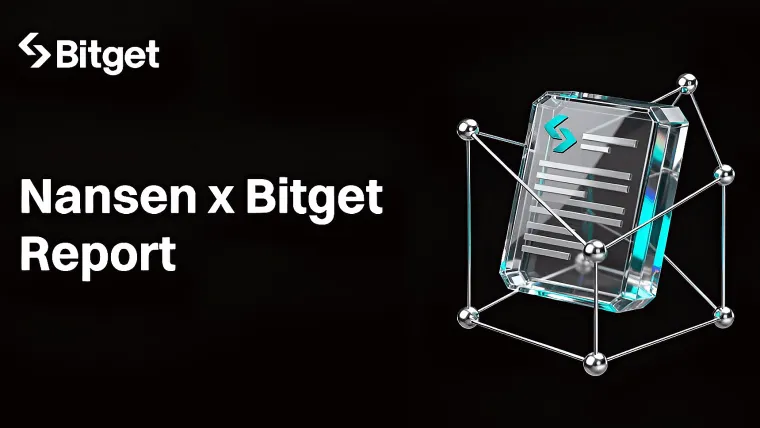
After the Oct. 10 market crash that saw massive losses in bitcoin and other cryptocurrencies, nearly $1 billion in DeFi positions involving Ethena's staked USDe (sUSDe) are now at risk, according to a new report from Sentora Research.
Since the crash, Sentora notes that rates in DeFi markets have dropped significantly, shrinking yields on leveraged strategies such as the sUSDe loop trade. sUSDE is Ethena's Staked USDe, a synthetic dollar stablecoin that generates yield by staking the underlying USDe token.
The Loop
The popular strategy involves traders depositing sUSDe as collateral on DeFi platforms like Aave and Pendle to borrow stablecoins such as Tether and USD Coin (USDC). They then use the borrowed USDT to buy more sUSDe, which is redeposited as collateral to borrow additional USDT and purchase even more sUSDe.
This cycle is repeated to amplify the yield generated by the positive carry—the difference between the sUSDe staking rewards and the borrowing costs.
Negative Carry
However, since the Oct. 10 crash, the yield differential has flipped negative, denting the appeal of the loop trade.
"Following the flash crash on October 10, funding rates on DeFi markets have dropped significantly, cutting yields for basis‑trade strategies. On Aave v3 Core, USDT/USDC borrow rates sit ~2.0% / ~1.5% above the sUSDe yield, turning the carry negative for users borrowing stables to lever sUSDe," Sentora Research said in an email to CoinDesk.
The firm explained that, as the spread remains below zero, looped positions that borrow stablecoins to buy sUSDe start to incur losses. If this persists, it could trigger the unwinding of roughly $1 billion in positions already exposed to negative carry on Aave v3 Core.
This negative carry may force collateral sales or deleveraging, weakening liquidity in the very venues providing leverage and potentially causing a cascading market effect.
What Next?
Sentora said that traders need to watch out for the spread between Aave’s borrow annual percentage yield (APY) and the sUSDe yield, particularly when it stays below zero.
Utilization rates in USDT and USDC lending pools, where spikes in borrowing costs can accelerate stress. Sentora wrote that there are a rising number of looped positions nearing liquidation, especially those within 5% of forced closure.
Moving forward, traders need to keep a close eye on the spike in utilization rates in USDT and USDC lending pools, which could lift borrowing costs and increase stress amid the negative spread between Aave's borrow annual percentage yield and the sUSDe yield.
免责声明:本文章仅代表作者个人观点,不代表本平台的立场和观点。本文章仅供信息分享,不构成对任何人的任何投资建议。用户与作者之间的任何争议,与本平台无关。如网页中刊载的文章或图片涉及侵权,请提供相关的权利证明和身份证明发送邮件到support@aicoin.com,本平台相关工作人员将会进行核查。




